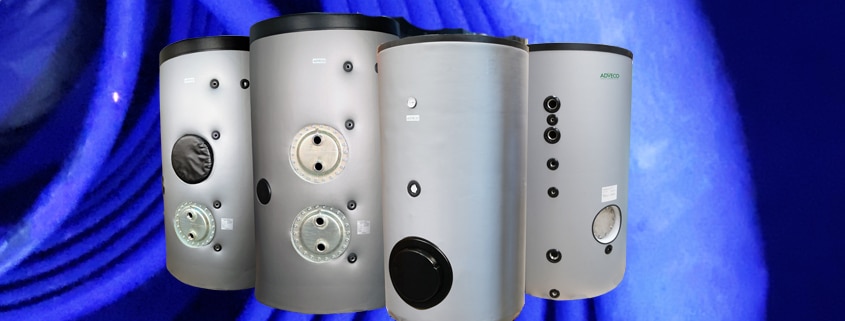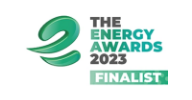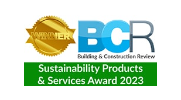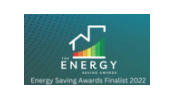Choosing a hot water cylinder
Choosing a hot water cylinder for a commercial project can be a daunting task. There are many factors to consider, starting with the size of the building, the number of occupants, and the type of activities that will be taking place.
In this blog post, we will discuss what to look for when choosing a hot water cylinder for a commercial project. We will also provide some tips on how to choose the right cylinder for your needs.
What to look for when choosing a hot water cylinder
When choosing a hot water cylinder for a commercial project, there are a few key factors to consider:
- Size: The size of the cylinder will depend on the size of the building and the number of occupants. You will need to calculate the hot water demand for the building and be aware of peaks in service demand when choosing a cylinder that is large enough to meet that demand.
- Type: There are two main types of commercial cylinders, stainless steel and glass-lined. Stainless steel cylinders are stronger and more resistant to the corrosive natures of soft water, with a correctly balanced system they are also applicable to harder water areas. Stainless steel cylinders will be more expensive than the glass-lined variety which will typically be used for hard water areas. The chemical makeup and effects of soft water will vary from geology to geology so it does not necessarily preclude the use of glass-lined cylinders, but it remains important to be aware of water conditions at the project site when requesting a cylinder for a specification and ensure suitable maintenance regimes are enacted to guarantee operational longevity.
- Features: hot water cylinders can, at the most basic, be a storage or buffer vessel. A large proportion of commercial cylinders will be used for either direct or indirect heating. Direct heating makes use of a heat source, such as an electric immersion inserted directly into the water in the cylinder. These are the simplest systems, but direct heating of water can be energy intensive, expensive and, in hard water areas encourage limescale deposition. It is typically recommended for backup vessels or as part of a wider system. More preferable, especially as organisations seek to move from direct-fired gas heating to electric is the indirect cylinder or calorifier as it is sometimes referred to. The cylinder will feature a single or twin coil through which heated water passes. Though not mixing with the water in the vessel, the coil enables energy to pass between the two fluid bodies exchanging heat. By not mixing mains water feed and that within the closed heat source loop, limescale build-up can be much reduced or even eliminated under the right circumstances, prolonging system life. Multiple coils also enable the application of multiple energy sources such as an electric boiler for primary top-up, and renewables such as air source heat pumps or solar thermal collectors to generate pre-heat. The use of pre-heat reduces the demand on the primary heat source, cutting energy requirements, system carbon emissions and operational costs. As these hot water cylinders form part of a relatively complex system that requires balancing to maintain efficiency additional features, such as built-in thermostats, submetering as well as insulation will all be important decision-making factors. You will need to decide which features are important to you and choose a cylinder that best addresses a system’s requirements.
- Price: The price of a hot water cylinder will vary depending on the size, type, and features. ‘Off-the-shelf’ cylinders will be packaged and presented in the most popular sizes for commercial projects, typically ranging from 200-500 litres for small to medium basin-led projects. Larger facilities and those with greater service demand and longer peaks, such as gyms, hotels and hospitals, will need greater storage. High-capacity tanks come at a premium cost as do bespoke-sized cylinders, typically very large in size.
Here are a few tips for choosing the right hot water cylinder for your commercial project get professional help: always talk to an Adveco expert. For more than 50 years the company has been designing, supplying and servicing thousands of hot water applications throughout the UK. In fact, there is a very good chance you will have used one of our systems without even realising it. Use that long technical experience and history as a reputable supplier to your advantage.
We constantly see hot water system designs that have been oversized to address potential rather than actual demands. This comes with increased capital and operational costs, so it’s sensible from a project-build perspective as well as being able to hand over an efficient final building where future costs are understood and can be better planned for. Adveco offers metering services, sizing and bespoke application design to ensure you have all the necessary information to make a considered decision.
With the desire for net zero, hot water systems have become increasingly complex and characterised by a range of proven but also new and emerging low-carbon technologies. Choosing the correct hot water cylinder for a commercial project can be a complex task, but it is important to get it right. By following the tips in this blog post and asking the right questions you can choose the right cylinder for your needs and get the best possible value for your project.
To learn more about Adveco’s wide range of hot water cylinders visit our product pages or download the brochures.













